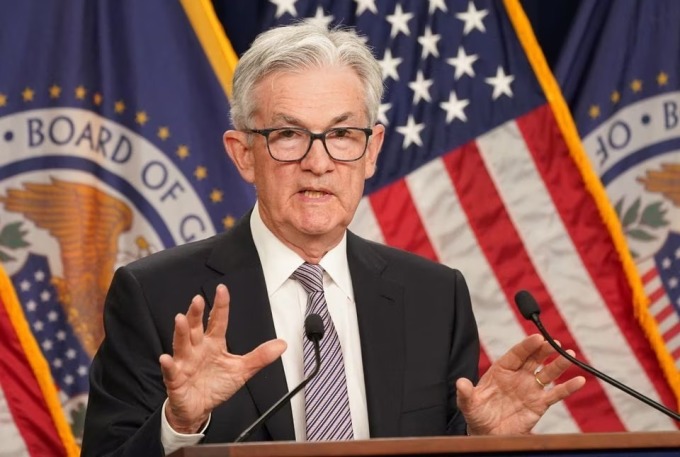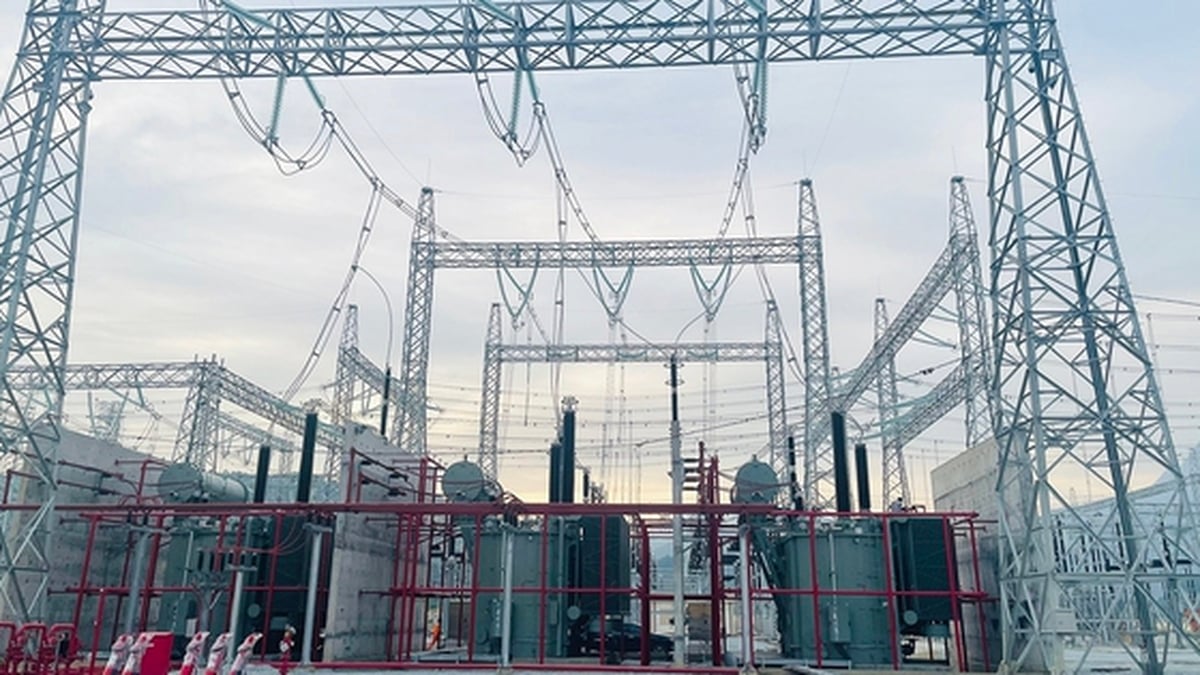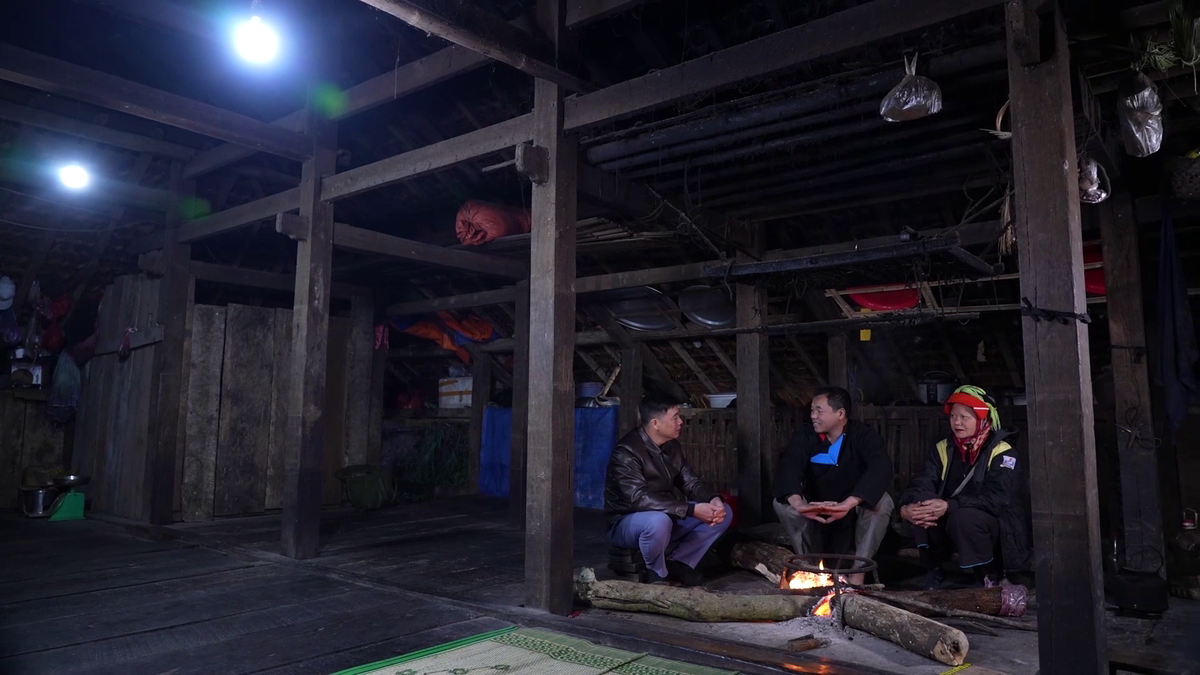According to analysts, China's economic troubles are not as worrying as the consequences of the Fed raising interest rates at this time.
Financial markets have been betting on lower global interest rates in the second half of the year. But the risk is that US rates could stay high for a while longer. While the risk of a recession has receded, US inflation has yet to cool much.
Investors now expect the current 5% interest rate, a 22-year high, to persist into next year. Many low-income and developing countries have postponed plans to cut rates, even if it means slowing growth, because they fear capital outflows.
“It’s very difficult to make policy without looking at the Fed,” David Loevinger, head of emerging markets at asset manager TCW Group, told Bloomberg . He was a former Treasury Department expert.

Fed Chairman Jerome Powell at a press conference on May 3 in the US. Photo: Reuters
Countries are feeling the effects of the Fed’s policies. Rising US interest rates make dollar-denominated assets more attractive, drawing money from other markets and causing their currencies to depreciate. This adds to inflationary and debt-servicing pressures for many countries.
The Bloomberg Dollar Spot Index, which tracks the greenback against 10 major currencies, has been on an upward trajectory since mid-July, its longest winning streak since 2005.
Figures from the International Monetary Fund (IMF) also show that developing and emerging economies are now growing at rates comparable to those of developed countries, having outpaced them for much of the 21st century.
China's slowing growth is creating challenges for economies, especially in Asia, as demand for their exports is slowing.
But from Indonesia to Brazil, the most talked-about story of late has been why banks haven’t cut rates quickly enough. “In the contest of who can cause the most disruption in global markets, the Fed is winning. China’s economy is indeed slowing down, but not as much as it did in 2008 or 2020,” Loevinger said.
Even China itself is feeling the effects of high US interest rates. The People’s Bank of China (PBOC) is increasingly defending the yuan, instructing banks to sell dollars to prop up the local currency and warning that speculators will be punished. Earlier this month, Liu Pengyu, a spokesman for the Chinese Embassy in the US, said: “Developed economies are adopting contradictory policies, causing a ripple effect.”
India’s central bank is also intervening in the market to support the rupee. And in Japan, rumors have also emerged that the country is about to abandon negative interest rates after the yen fell below the psychological support level of 145 yen to the US dollar.
China’s economic slowdown has had a ripple effect around the world . However, the economy is still forecast to grow by 5% this year. And while the yuan has lost value against the dollar, it has not caused the global financial turmoil that occurred in 2015, when the PBOC unexpectedly devalued the yuan.
"China is very important. But so far, the sentiment is not too pessimistic. Investors still believe that the Chinese government will revive the economy and prevent the financial impact from spreading," said Janet Mui, chief market analyst at RBC Brewin Dolphin.
In addition to deciding on interest rates, the Fed will also release its quarterly economic forecast at next week's meeting. This forecast is awaited by investors because it may reveal more information about interest rates in the future. "The whole market is watching the Fed," Hao Hong, an economist at Grow Investment Group, summed up.
Ha Thu (according to Bloomberg)
Source link






























































































![[Infographic] In 2025, 47 products will achieve national OCOP](https://vphoto.vietnam.vn/thumb/402x226/vietnam/resource/IMAGE/2025/7/16/5d672398b0744db3ab920e05db8e5b7d)





Comment (0)